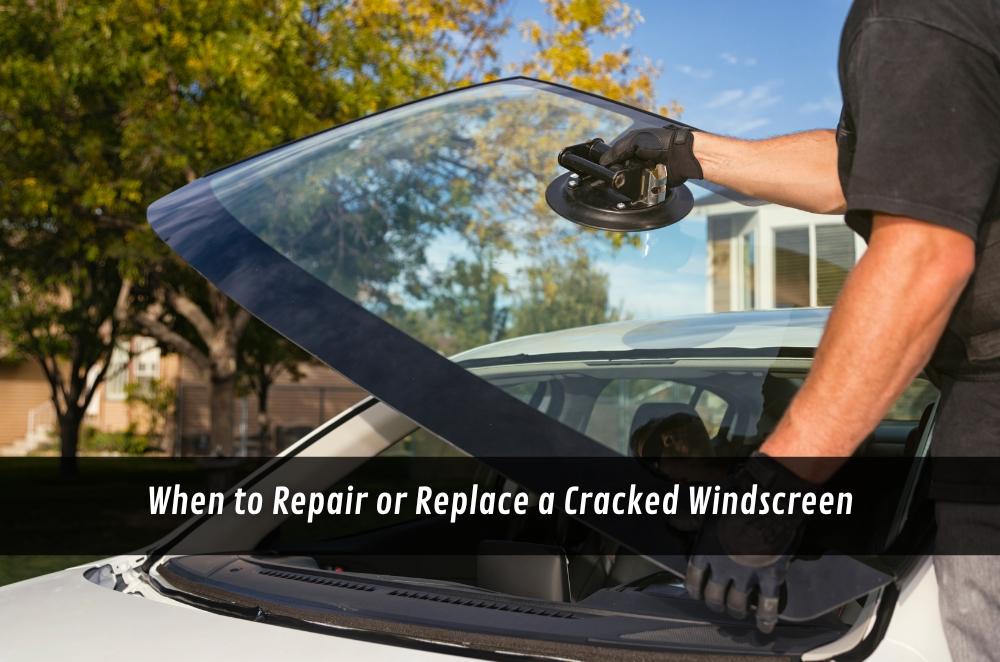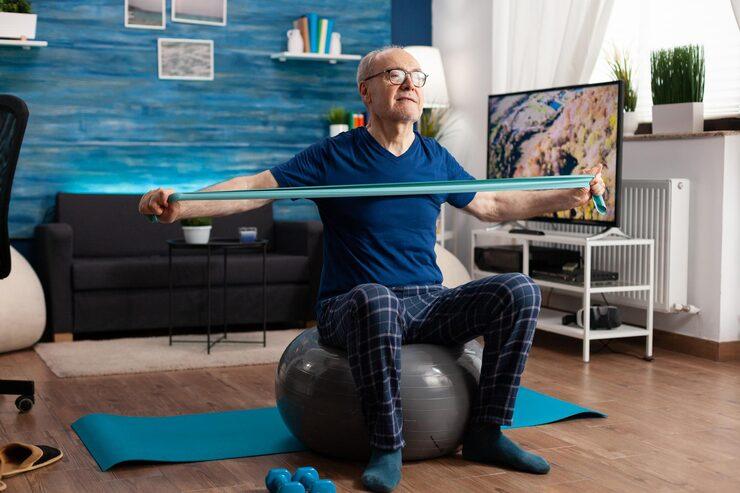When to Repair or Replace a Cracked Windscreen

A crack across your windscreen can turn a normal drive into a constant distraction. The tricky bit is knowing when a tidy repair will do the job and when a full swap is the safer call. In general, it comes down to where the damage sits, how it behaves over time, and what your car’s safety systems expect from the glass. Sometimes, the safest solution really is car windshield replacement, especially when the damage stretches across your line of sight or creeps toward the screen’s edge. I’ve had a small star chip turn into a jagged split after a cold morning and a blast of the demister; that was the signal to stop patching and sort it properly. Let’s break down the practical cues that help you decide with confidence.
How damage type guides your decision
Not all cracks behave the same. Some are cosmetic for a while; others spread with every pothole or temperature swing. Before making a call, look at the shape, location and movement of the damage.
-
Edge cracks and long splits tend to spread faster due to body flex and temperature changes.
-
Damage in the driver’s primary view (roughly the steering-wheel “cone”) reduces clarity and can create glare and ghosting at night.
-
Star and bullseye chips can sometimes be stabilised if they’re clean and small, but moisture and dirt quickly complicate the result.
-
Internal lamination damage (milky haze, ripples) signals a deeper integrity issue, not just a surface blemish.
A quick self-check helps. Is the crack lengthening week to week? Does it “light up” at dawn or dusk? Do wipers judder over it? Those are subtle hints that the structural layer is stressed. I once delayed fixing a short crack on a hatchback and noticed the rear-view mirror vibrating more on coarse-chip bitumen—the glass was losing stiffness. When visibility or rigidity is compromised, replacement stops being optional.
What counts as safe visibility and compliance
Modern screens do more than block wind; they carry camera brackets, sensor windows and acoustic layers that support your car’s safety systems. That’s why clarity and correct spec matter. If you’re evaluating the broader safety picture, NSW’s guidance on vehicle safety features is a solid reference point for how various technologies interact with the vehicle structure, including the windscreen.
-
Forward-facing cameras typically “look” through a set patch of glass; even minor distortion there can throw off lane-keeping and auto-braking.
-
Light and rain sensors rely on optical cleanliness; micro-pitting around the sensor zone can confuse automatic headlight or wiper behaviour.
-
Acoustic interlayers and UV filters vary by model; using the intended spec preserves cabin quietness and interior protection.
-
A correct fit and stable bond help the shell behave as designed during an impact, keeping airbags and roof strength in sync.
If your crack touches the camera/sensor area—or if you see lens flare or odd warnings after a chip—lean toward replacement to restore reliable system inputs.
Glass quality, bonding and calibration
A good outcome isn’t just new glass; it’s how the glass, adhesive, and cameras all work together. The best replacements feel invisible because the whole package has been matched and installed properly.
-
Glass spec should align with the vehicle’s original features (acoustic layer, tint, heads-up display zone, antenna paths).
-
The bonding surface needs careful prep to protect the pinch-weld and ensure the adhesive forms a uniform, durable seal.
-
Environmental conditions during bonding (clean surfaces, correct humidity and temperature) matter for long-term integrity.
-
Camera and sensor recalibration restores baseline accuracy so driver aids behave consistently in varied light and weather.
I’ve driven a ute after a swap where the camera sat a millimetre off its intended bracket position; the lane assist felt “drifty” on cambered roads. A methodical reinstall and recalibration put it back on rails. That tiny alignment difference made a big change behind the wheel.
Finding a repairer you can trust
The person and process you choose often determine whether the fix feels stock-standard or slightly “off”. Reputation helps, but so does how a provider explains their plan for your specific car and damage pattern. For a grounded checklist and context from everyday drivers, reliable windscreen replacers is a handy starting point that outlines what to look for without fluff.
-
Ask how they’ll protect trims, dash tops and A-pillar airbags during removal and refit.
-
Confirm they’ll match the glass spec to your build (VIN lookups help ensure the right acoustic/ADAS features).
-
Request details on their recalibration process and test route—urban, highway, and night checks each reveal different behaviours.
-
Enquire about how they handle moisture or contamination during bonding, especially in damp conditions.
The right operator will talk through these steps plainly. If the answers are vague, keep looking.
Mobile service versus workshop, and timing
Both mobile and workshop replacements can be excellent when executed well. The choice comes down to environmental control and convenience. Workshops win for consistent lighting, cleanliness and easy access to calibration bays. Mobile service suits straightforward jobs where a clean, sheltered space is available. Either way, a careful pre-fit check (trim clips, sensor grommets, firewall sound deadening around the cowl) prevents rattles later.
-
Workshop settings make it simpler to manage dust, temperature and tool access.
-
Mobile crews shine when logistics are tricky—driveways, fleets, or remote sites.
-
A short post-install shakedown drive helps surface any wiper chatter, sensor alerts or whistles.
-
If you notice odd reflections or double images at night, flag it early; that can indicate a subtle optical issue.
I once left a small strip of leaves trapped along the cowl after parking under a jacaranda; after heavy rain, water tracked behind the trim and dripped in the footwell. Lesson learned: a clean perimeter, inside and out, protects the new bond and keeps drainage behaving as intended.
Final thoughts
A clean repair is great when the damage is small, stable and out of the driver’s view. But once cracks wander, touch sensor zones, or create persistent glare, a replacement brings back clarity and restores how the car’s safety tech expects the glass to behave. If you’re weighing up provider options or want an independent perspective on shortlisting, choosing the right windscreen repairer offers a straightforward framework you can apply to any city or regional area. The goal is simple: keep your view clear, your cabin quiet, and your safety systems confident. Make the call based on where the damage sits, how it’s changing, and whether your vehicle’s tech relies on that exact patch of glass for a steady, distortion-free feed.






